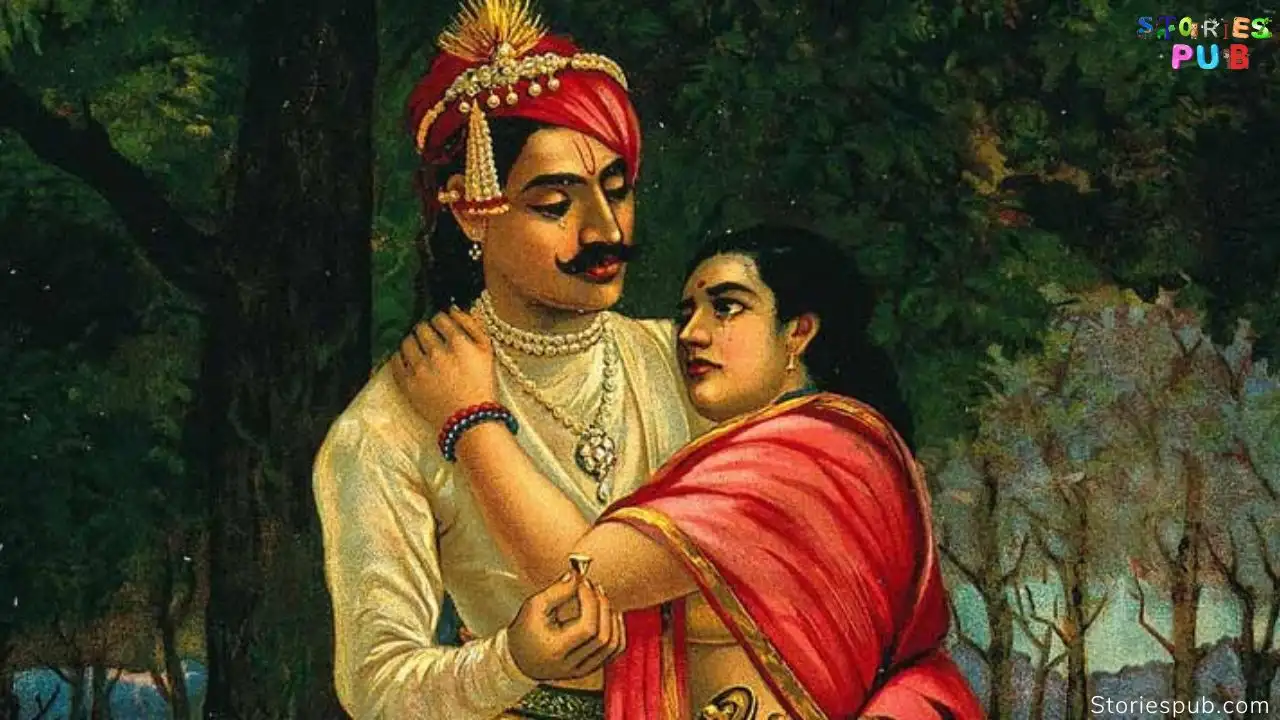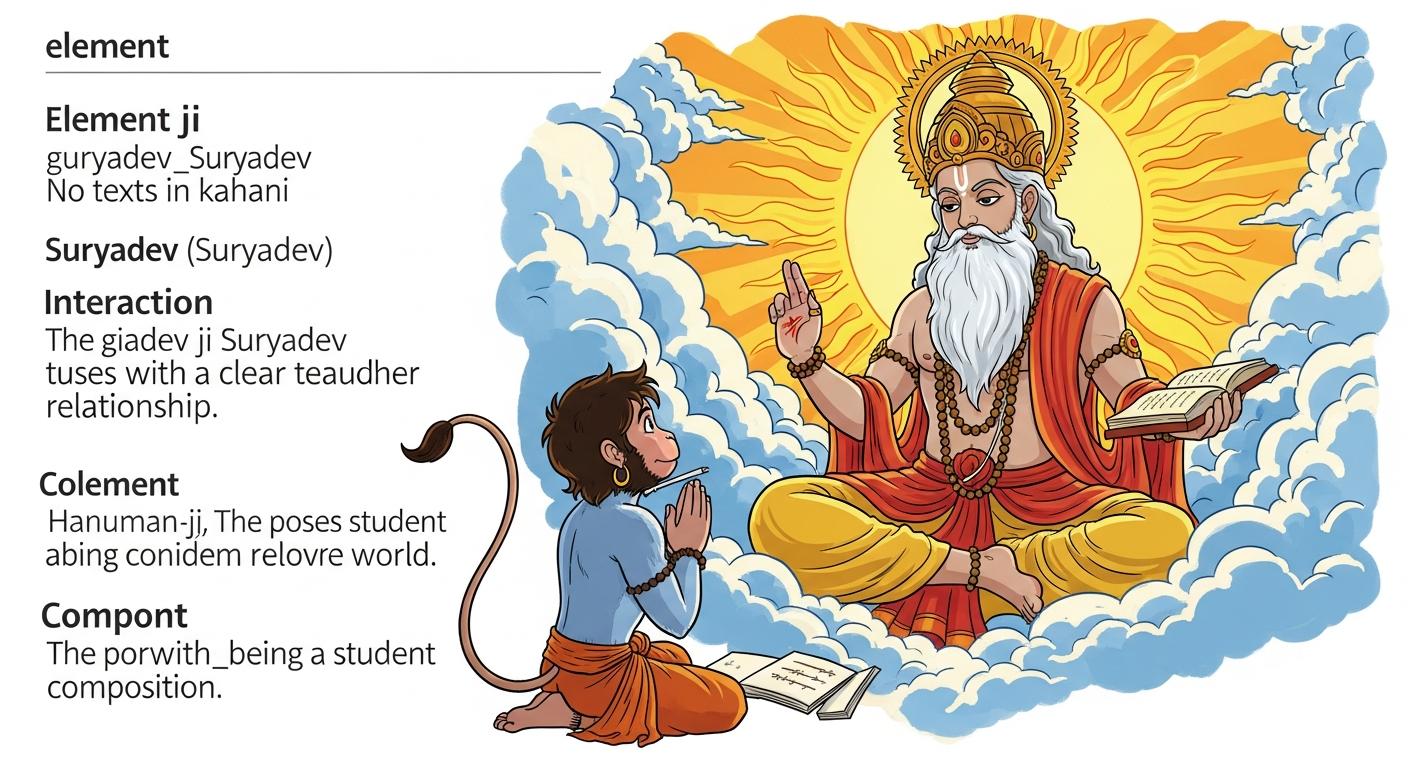Summarize this Article with:
The Chameleon of Rock: David Bowie’s Fascinating Musical Biography

David Bowie, the legendary British musician, was a true icon of the music industry whose influence and impact extended far beyond his time. With a career spanning over five decades, Bowie left an indelible mark on popular culture. His innovative style, captivating performances, and constant artistic reinvention made him a trailblazer in the music world.
From his early days as a folk-rock singer-songwriter to his groundbreaking alter ego, Ziggy Stardust, Bowie mesmerized audiences with his unique blend of glam rock, experimental sounds, and theatrical flair. His major hits, such as “Space Oddity,” “Heroes,” and “Let’s Dance,” are timeless classics that continue to resonate with generations.
Bowie’s chameleon-like ability to transform himself and push boundaries not only influenced the music landscape but also left an enduring impact on fashion, art, and the essence of being an artist.
As we delve into Bowie’s extraordinary journey, we discover a musical visionary whose legacy continues to inspire and captivate audiences worldwide.
Personal and Professional Details
| Full Name | David Robert Jones |
| Date of Birth | 08-Jan-47 |
| Place of Birth | Brixton, London, England |
| Nationality | British |
| Spouse | Angie Bowie (m. 1970–1980), Iman (m. 1992–2016) |
| Children | Duncan Jones (son) |
| Occupation | Musician, Singer-songwriter, Actor |
| Genres | Rock, Pop, Glam rock, Art rock, Experimental, Electronic |
| Instruments | Vocals, Guitar, Keyboards |
| Record Labels | RCA, EMI, Columbia, Virgin |
| Notable Works | Space Oddity, “Heroes,” “Ziggy Stardust,” “Let’s Dance” |
| Acting Career | Movies: “Labyrinth,” “The Man Who Fell to Earth,” “The Prestige” |
Early Life and Musical Beginnings
David Bowie, born David Robert Jones on January 8, 1947, in Brixton, London, had a childhood that would shape his future as an artistic pioneer. Raised in a working-class family, Bowie developed a passion for music at an early age. Inspired by artists like Little Richard, Elvis Presley, and the Beatles, he immersed himself in various genres, from rock ‘n’ roll to soul and R&B.
Bowie started playing the saxophone and guitar, and he formed his first bands, showcasing his raw talent and ambition. It was during this time that he began to craft his unique artistic identity, experimenting with different styles and personas. Bowie’s ability to blend musical influences and reimagine his image laid the foundation for his future artistic evolution.
Bowie released his debut solo album, which showcased his burgeoning songwriting skills. However, it wasn’t until the late 1960s and early 1970s that he gained significant attention with his breakthrough album, “The Rise and Fall of Ziggy Stardust and the Spiders from Mars.” This concept album, featuring Bowie’s alter ego Ziggy Stardust, propelled him to stardom and cemented his place as a leading figure in the glam rock movement.
Bowie’s early musical beginnings set the stage for his remarkable career, demonstrating his fearless experimentation, boundary-pushing creativity, and unparalleled ability to reinvent himself.
Rise to Stardust: Ziggy Stardust and the Glam Rock Movement
One of the defining moments in David Bowie’s career was the emergence of his alter ego, Ziggy Stardust, in the early 1970s. Ziggy Stardust, a flamboyant and otherworldly character, became Bowie’s vehicle for artistic expression and a symbol of the glam rock movement. With his vibrant androgynous appearance, theatrical performances, and cosmic-inspired music, Ziggy Stardust captivated audiences and propelled Bowie to new heights of stardom.
Bowie’s creation of Ziggy Stardust was a masterstroke that allowed him to push boundaries and challenge societal norms. The character embodied the essence of glam rock, a genre characterized by its extravagant fashion, theatricality, and celebration of individuality. Bowie, with his eclectic mix of influences and keen sense of reinvention, became the face of this cultural phenomenon.
Bowie released the iconic album “The Rise and Fall of Ziggy Stardust and the Spiders from Mars.” Songs like “Starman,” “Suffragette City,” and “Rock ‘n’ Roll Suicide” showcased Bowie’s songwriting prowess and the captivating narrative of Ziggy Stardust’s rise and eventual demise. The album’s success solidified Bowie’s status as a musical visionary and set the stage for his future artistic explorations.
Bowie’s stage performances as Ziggy Stardust were transformative experiences. His electrifying presence, elaborate costumes, and dynamic stage persona captivated audiences around the world. Through Ziggy Stardust, Bowie created a sense of escapism and liberation, inviting fans to embrace their individuality and embrace the power of self-expression.
The impact of Ziggy Stardust and the glam rock movement extended far beyond the music scene. Bowie’s fearless exploration of gender, sexuality, and identity challenged societal norms and paved the way for future artists to embrace their authenticity. His influence on fashion, art, and popular culture cannot be overstated.
Musical Career and Major Hits
David Bowie’s musical career was a journey of artistic exploration and reinvention. He fearlessly ventured into different genres and styles, defying categorization and leaving an indelible mark on the music industry. From rock to pop, from experimental to soul, Bowie’s discography is a testament to his unparalleled creativity and musical genius.
Bowie’s early success came with hits like “Space Oddity,” a hauntingly beautiful song that captured the imagination of listeners with its ethereal lyrics and melodic composition. It served as a precursor to his future endeavors, setting the stage for the ever-evolving soundscapes he would create.
In the 1970s, Bowie continued to push boundaries with groundbreaking albums such as “The Man Who Sold the World,” “Hunky Dory,” and “Young Americans.” These releases showcased his versatility and ability to seamlessly blend genres, earning him critical acclaim and commercial success. Songs like “Changes,” “Life on Mars?,” and “Fame” became anthems of the era, solidifying Bowie’s status as a musical icon.
Bowie’s artistic evolution reached new heights with the release of the album “Heroes,” which cemented his reputation as an innovator. The title track, with its soaring melody and introspective lyrics, captured the zeitgeist and remains an enduring symbol of resilience and hope. Other hits from this era, such as “Ashes to Ashes” and “Fashion,” further exemplified Bowie’s ability to create captivating music that defied expectations.
Bowie continued to surprise and captivate audiences with his inventive and experimental approach. The album “Scary Monsters (and Super Creeps)” showcased his willingness to push the boundaries of sound, while his collaboration with Queen on the song “Under Pressure” became an iconic anthem of unity and emotional depth.
Bowie’s impact on the music industry goes beyond his hits. His ability to continuously reinvent himself and adapt to changing times influenced countless artists who followed in his footsteps. His innovation and willingness to take risks set the stage for future musical revolutions and left an indelible imprint on popular culture.
As we explore Bowie’s musical career and his major hits, we witness a visionary artist who constantly pushed the boundaries of creativity and challenged conventional norms. His ability to seamlessly traverse genres and captivate audiences with his unique sound and style solidified his status as a true musical legend, leaving an enduring legacy that continues to inspire generations of musicians and music lovers alike.
Famous Songs and Albums
| Song | Album |
| Space Oddity | David Bowie |
| Heroes | Heroes |
| Ziggy Stardust | The Rise and Fall of Ziggy Stardust and the Spiders from Mars |
| Let’s Dance | Let’s Dance |
| Changes | Hunky Dory |
| Rebel Rebel | Diamond Dogs |
| Life on Mars? | Hunky Dory |
| Ashes to Ashes | Scary Monsters (and Super Creeps) |
| Under Pressure (with Queen) | Single collaboration with Queen |
| Blackstar | Blackstar |
The Chameleon of Rock: Artistic Evolution and Experimental Music
David Bowie was not just a musician; he was a shape-shifter, a master of reinvention. Throughout his career, he continuously pushed the boundaries of artistic expression, challenging himself and his audience to embrace new and unconventional sounds. Bowie’s ability to seamlessly transition between different personas and musical styles earned him the title of the “Chameleon of Rock.”
Bowie’s artistic evolution can be traced through his albums, each representing a distinct phase of his creative journey. From the flamboyant glam rock of Ziggy Stardust to the avant-garde experimentation of the Berlin Trilogy, Bowie fearlessly explored new sonic territories, never content with staying within the confines of a single genre.
One of Bowie’s most notable forays into experimental music came with his collaboration with Brian Eno on the albums “Low,” “Heroes,” and “Lodger.” These albums showcased his embrace of electronic elements, ambient textures, and unconventional song structures. The result was a groundbreaking fusion of rock, electronic, and art-pop, pushing the boundaries of what was considered mainstream music at the time.
Bowie’s innovative approach to songwriting was evident in his ability to blend diverse influences and musical styles. His songs often featured intricate arrangements, thought-provoking lyrics, and unconventional melodies. Tracks like “Life on Mars?,” with its grandiose orchestration, and “Ashes to Ashes,” with its haunting synthesizers, demonstrated his willingness to experiment and challenge the status quo.
Bowie’s artistic evolution extended beyond his music. He embraced the visual aspect of his performances, crafting elaborate stage personas and incorporating elements of theater and fashion into his shows. His alter egos, such as Ziggy Stardust and the Thin White Duke, not only represented different facets of his artistic expression but also became cultural icons in their own right.
Bowie’s willingness to take risks and explore uncharted musical territories paved the way for future generations of artists. His legacy as an experimental and innovative musician continues to inspire musicians across genres, encouraging them to think outside the box and challenge conventional norms.
David Bowie will always be remembered as an enigmatic and transformative figure. His artistic evolution and fearless exploration of experimental music set him apart as a true pioneer. Through his ever-changing personas and sonic explorations, Bowie proved that true artistry knows no boundaries and that music has the power to transcend genres and connect with audiences on a profound level. His legacy as the Chameleon of Rock remains a testament to the boundless possibilities of artistic expression.
Pop Culture Icon: Fashion, Style, and Cultural Influence
David Bowie wasn’t just a musician; he was a trendsetter and a style icon. His unique fashion choices and ever-evolving aesthetic became synonymous with his artistic persona. Bowie’s impact on fashion, art, and popular culture is undeniable, leaving an indelible mark that continues to resonate today.
Bowie’s distinctive fashion sense was a reflection of his artistic evolution. From the flamboyant and gender-bending outfits of his Ziggy Stardust era to the sleek and sophisticated style of the Thin White Duke, he effortlessly blended elements of glam rock, avant-garde fashion, and futuristic aesthetics. His bold choices, including colorful jumpsuits, platform boots, and striking makeup, challenged societal norms and inspired countless fashion trends.
Bowie’s cultural influence extended far and wide. His music videos, such as “Space Oddity” and “Ashes to Ashes,” showcased innovative visuals and storytelling techniques that set new standards for the medium. He used fashion and visuals as powerful tools to enhance his music and create a complete sensory experience for his audience.
Bowie’s impact on popular culture went beyond music and fashion. His fearless approach to self-expression and his embrace of individuality resonated with people worldwide. His message of inclusivity and acceptance resonated deeply, especially within the LGBTQ+ community, inspiring generations of individuals to embrace their true selves and break free from societal constraints.
Bowie’s influence extended to the realms of art, film, and literature. He collaborated with renowned artists, filmmakers, and writers, blurring the boundaries between different artistic disciplines. His work challenged conventional notions of identity, art, and creativity, inspiring a new generation of artists to push the boundaries of their respective fields.
David Bowie’s legacy as a pop culture icon is marked by his fearless exploration of fashion, style, and artistic expression. His influence continues to be felt in music, fashion, art, and beyond. Through his innovative and boundary-pushing approach, Bowie proved that self-expression knows no limits and that true artistry can transcend time and inspire generations to come. His impact on popular culture is a testament to his status as an eternal icon and a true pioneer of his craft.
Collaborations and Legacy
David Bowie’s artistic brilliance extended beyond his solo work. Throughout his career, he engaged in collaborations with a diverse range of artists from various genres, leaving an indelible mark on the music industry. These collaborations showcased Bowie’s versatility and his ability to seamlessly blend his unique style with the artistry of others.
Bowie collaborated with iconic musicians such as Queen, Mick Jagger, and Iggy Pop, producing timeless hits like “Under Pressure,” “Dancing in the Street,” and “China Girl.” These collaborations resulted in groundbreaking songs that merged different musical styles and showcased Bowie’s ability to adapt and excel in various genres.
Bowie’s work with renowned artists like Brian Eno and Robert Fripp pushed the boundaries of experimental music, resulting in albums like “Heroes” and “Low” that redefined the possibilities of sound and production.
Bowie’s lasting legacy is evidenced by the profound influence he had on subsequent generations of musicians. His boundary-pushing creativity, fearless approach to music, and constant reinvention continue to inspire countless artists across genres. His impact can be seen in the work of artists like Lady Gaga, Arcade Fire, and Tame Impala, who draw inspiration from his artistic vision and uncompromising spirit.
Bowie’s influence extends beyond his musical contributions. His ability to bridge music, fashion, and visual art set a precedent for future artists to explore multidisciplinary approaches to creativity. His legacy serves as a reminder that true artistry knows no boundaries and that pushing artistic boundaries can lead to remarkable and enduring contributions.
David Bowie’s collaborations with fellow musicians and his lasting legacy as a transformative figure in music solidify his status as an icon. His willingness to collaborate and his unwavering commitment to artistic exploration continue to inspire and shape the landscape of music today. His influence will undoubtedly be felt for generations to come, as his music and creative spirit continue to resonate with audiences worldwide.
Personal Life and Enduring Influence
David Bowie had a rich and complex personal life that added depth to his enigmatic persona. Known for his ever-evolving image, Bowie’s personal life was marked by a series of relationships and connections that influenced his artistic journey.
Bowie’s most famous relationship was with his wife, supermodel Iman, whom he married in 1992. Their enduring love and partnership became a symbol of devotion and defied the notion that rock stars were incapable of lasting relationships. Together, they navigated the ups and downs of fame and created a loving family.
Bowie’s enduring influence as a cultural icon cannot be overstated. His impact transcends music, extending to art, fashion, and even social and gender norms. His androgynous style and willingness to challenge societal conventions made him an inspiration to countless individuals who felt marginalized or misunderstood. Bowie’s ability to redefine himself time and again demonstrated the power of self-expression and the freedom to be whoever you choose to be.
Bowie’s influence remains strong. His music continues to resonate with audiences of all ages, and his artistic legacy serves as a reminder of the transformative power of creativity. Bowie’s enduring influence is a testament to his remarkable talent, his willingness to push boundaries, and his ability to connect with audiences on a profound level.
David Bowie’s personal life and enduring influence go hand in hand, as his experiences and relationships shaped the artist and cultural icon that he became. His ability to challenge societal norms and his lasting impact on music and art ensure that his legacy will continue to inspire and captivate audiences for generations to come.
Conclusion
David Bowie, the iconic British musician, left an indelible mark on the music industry and popular culture. With his ever-evolving sound, flamboyant style, and boundary-pushing artistry, Bowie carved out a legendary career that continues to inspire and captivate audiences worldwide.
Bowie’s musical journey was marked by reinvention, from his breakthrough as Ziggy Stardust to his exploration of diverse genres and experimental sounds. His major hits, such as “Space Oddity,” “Heroes,” and “Let’s Dance,” showcased his immense talent and resonated with millions of fans.
Bowie’s influence extended to fashion, art, and cultural norms. His androgynous style challenged gender conventions, while his fearless approach to self-expression inspired countless artists and individuals to embrace their uniqueness.
Bowie’s legacy endures. His impact on subsequent generations of musicians and artists is undeniable, as he continues to shape the landscape of popular music. David Bowie’s extraordinary talent, artistic evolution, and enduring influence cement his status as one of the most influential and iconic figures in music history.
Hey kids, how much did you like The Chameleon of Rock: David Bowie’s Fascinating Musical Biography ? Please share your view in the comment box. Also, please share this story with your friends on social media so they can also enjoy it, and for more such biography, please bookmark storiespub.com.
Suggested Biography –
David Bowie FAQs
Did David Bowie act in movies?
Yes, David Bowie had an acting career and appeared in several movies, including "Labyrinth," "The Man Who Fell to Earth," and "The Prestige."
What is David Bowie's legacy?
David Bowie's legacy is his influential and innovative contributions to music, fashion, and art, as well as his ability to constantly reinvent himself and inspire future generations of musicians and artists.
How many albums did David Bowie release?
David Bowie released a total of 27 studio albums throughout his career.
Did David Bowie win any awards?
Yes, David Bowie won numerous awards, including Grammy Awards, BRIT Awards, and induction into the Rock and Roll Hall of Fame.
Was David Bowie married?
Yes, David Bowie was married twice. He was married to Angie Bowie from 1970 to 1980 and then to Iman from 1992 until he died in 2016.














